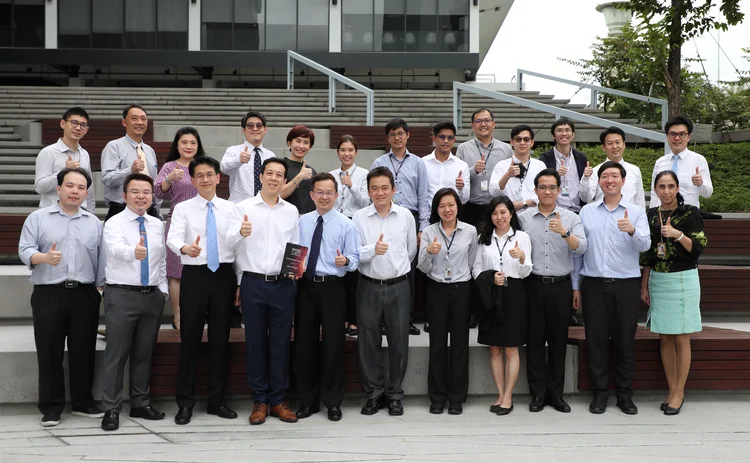
Artificial Intelligence Initiative: Bank of Thailand

In 2018, the Bank of Thailand began developing new artificial intelligence (AI) and machine learning tools across a number of its core business lines. Natural language processing, which helps institutions analyse unstructured datasets, has been its focus in recent months.
“In the past, we typically studied behaviour and culture of the boards of directors of financial institutions through interviews and surveys, which are very qualitative and subjective,” says Wanpracha Chaovalitwongse, senior director of the data management and analytics department. The central bank developed an AI system to analyse board meeting minutes of financial institutions. The tool can automatically identify topics of discussion and quantify the participation level and participation ‘mode’ of each board: enquiring, reporting, commenting and requesting action.
The system can analyse more than 600 meeting minutes equating to more than 30,000 pages of scanned PDF files from 19 financial institutions. Chaovalitwongse says the system has been routinely used to analyse the differences in behaviour of each board member, and cultural differences of the boards among different financial institutions. “Such an assessment allows us to assess the regulatory compliance of the board and give recommendations, as part of the ongoing supervision,” he says.
One of the central bank’s biggest AI projects has been the development of an in-house natural language processing AI system to help with the compilation of statistics. “The central bank needs to routinely compile various statistics of data from other public or private agencies and share with other government and international agencies,” says Chaovalitwongse.
“Data from the Government Fiscal Management Information System (GFMIS), maintained by the Comptroller General’s Department, Ministry of Finance, is among the most challenging.”
The data stored within the GFMIS requires an expert to manually organise and cleanse the data before it can be formatted and categorised. On average, more than 180,000 government projects take place each year, which the central banks classify based on International Monetary Fund guidelines.
This involved the central bank sorting through unstructured free text written in Thai. “As Thai does not have any space for word segmentation, there is no out-of-the-box tool for Thai word segmentation,” says Chaovalitwongse. The central bank developed its own system to automate Thai word segmentation, which allows the central bank to classify expenditures in 30 minutes. When performed manually, the data compilation could take up to three days.
Currency management has also benefited from the deployment of AI. In the past, the Bank of Thailand used quality inspection machines to identify defective banknotes. “The machine could not identify the root cause and type of defects for proper machine maintenance,” explains Chaovalitwongse.
Classified manually, between 100,000 and 150,000 defect classification errors were recorded each year. Since the deployment of a new automated AI system, the number of errors recorded has declined to fewer than 50,000 annually.
Only users who have a paid subscription or are part of a corporate subscription are able to print or copy content.
To access these options, along with all other subscription benefits, please contact info@centralbanking.com or view our subscription options here: http://subscriptions.centralbanking.com/subscribe
You are currently unable to print this content. Please contact info@centralbanking.com to find out more.
You are currently unable to copy this content. Please contact info@centralbanking.com to find out more.
Copyright Infopro Digital Limited. All rights reserved.
You may share this content using our article tools. Printing this content is for the sole use of the Authorised User (named subscriber), as outlined in our terms and conditions - https://www.infopro-insight.com/terms-conditions/insight-subscriptions/
If you would like to purchase additional rights please email info@centralbanking.com
Copyright Infopro Digital Limited. All rights reserved.
You may share this content using our article tools. Copying this content is for the sole use of the Authorised User (named subscriber), as outlined in our terms and conditions - https://www.infopro-insight.com/terms-conditions/insight-subscriptions/
If you would like to purchase additional rights please email info@centralbanking.com







